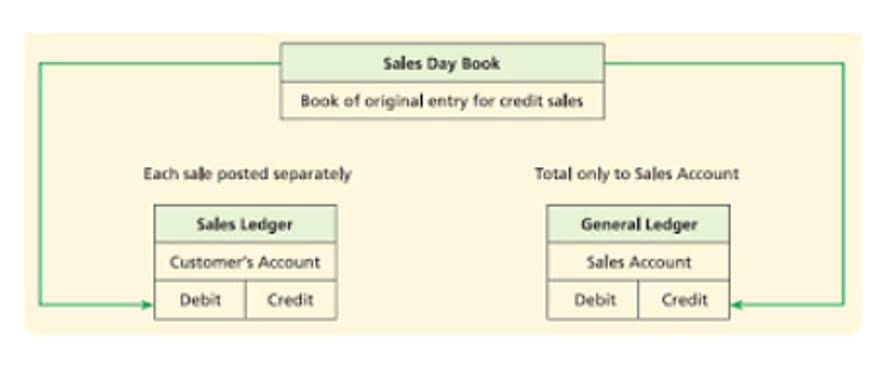This builds belief in your software’s ability to carry out beneath real-world conditions. Non-incremental integration testing is a method by which we integrate and take a look at all the models or modules concurrently after they have been individually examined and verified. In this method, we can take a look at the system comprehensively, forestall redundant testing, and save time and sources. System Integration Testing (SIT) takes place within the software program testing life cycle after the unit testing part. While, Unit Testing focuses on checking the functionality of individual modules independently. SIT, the next phase is often system testing, where engineers assess how effectively the software operates as a unified application.

This makes SIT a crucial step in the software improvement lifecycle, notably for complicated systems with multiple interdependent modules. System Integration Testing (SIT) is the sort of software program testing that is carried out to perform the overall testing of a whole system that consists of many integrated components. The system on which SIT is performed could have totally different hardware parts, completely different software elements or each hardware and software program.
- It falls underneath the class of black field testing, which is all about the exterior functionalities of the software program from the user’s perspective.
- System Integration Testing (SIT) involves testing the interactions and interfaces between these components to validate their interoperability and performance as a unified system.
- So far, we have mentioned completely different ideas that make system integration testing a vital a part of any testing ecosystem.
- System Integration Testing (SIT) ensures that built-in parts function cohesively, detecting and resolving interface points early.
- In this method processing required for the modules subordinate to a given degree is all the time available and the necessity for the stubs is eradicated.
By adopting automated testing, organizations can not solely streamline their testing processes but also notice substantial cost financial savings and ROI, shifting the notion of QA from a price heart to a useful funding. In conclusion, System Integration Testing (SIT) is a crucial aspect of software development that ensures the seamless interaction between different modules or methods Embedded system. By understanding the SIT testing definition and implementing it successfully in Java, builders can determine integration points early and deliver strong, reliable software. By following finest practices and exploring advanced usage eventualities, builders can harness the total potential of SIT, making certain that their techniques are prepared for deployment in real-world environments. In conclusion, System Integration Testing (SIT) is an important part in software program improvement that ensures the seamless collaboration and performance of interconnected software modules. SIT plays a pivotal position in assuring dependable and efficient software program efficiency by figuring out and resolving integration issues early on.
High 10 Integration Testing Tools In 2024
If your project includes frequent changes or updates to the software program, automating SIT can prevent a substantial period of time. Automated checks can be run regularly to confirm that new code changes haven’t launched any integration points, allowing your staff to catch defects early and preserve system stability. Teams can adopt various approaches to System Integration Testing (SIT), shaped largely by their total integration testing methods. Depending on the staff structure and tooling out there, these strategies can incorporate each automated and manual sit testing definition testing parts. As a steady integration software, Jenkins automates the execution of integration checks, helping to determine and resolve integration points promptly.
#2: Strict Testing Plan With Acceptance Standards
ERP systems integrate numerous business functions corresponding to finance, HR, supply chain, and buyer relationship management. SIT is important for validating that these various modules work collectively efficiently. For instance, when a gross sales https://www.globalcloudteam.com/ order is entered, SIT exams that the data flows to inventory management and accounts receivable, guaranteeing that inventory ranges are adjusted and invoices are generated accurately.

Firmly believing in private growth by way of uplifting others, she has chosen running a blog as her medium for this function. Always desperate to learn extra and join with new individuals, she stays ready to discover new horizons and interact with various audience.

Before beginning system integration testing, it’s essential to establish clear objectives for the test. This will assist be sure that all elements are completely examined and that any issues are recognized early in the process. This strategy begins by testing the bottom level parts, then strikes up through every part until the entire system has been examined. This approach might help to establish any errors inside individual parts before they affect different parts of the system. By incorporating System Integration Testing into the software program growth course of, organizations can obtain greater ranges of quality, reliability, and user satisfaction, in the end driving enterprise success. System Integration Testing (SIT) includes testing the interactions and interfaces between these elements to validate their interoperability and functionality as a unified system.
Create a test environment that replicates the manufacturing setup as carefully as potential. This contains putting in necessary software program, configuring methods and preparing check information. Define the SIT scope, establish elements to be tested and design check cases overlaying numerous functionalities and integrations. With the rise of the API economy and the popularization of microservices-based architectures, this challenge has only gotten extra advanced. Applications are increasingly amalgamations of many other software components, and the most effective ones are sometimes the most effective due to how properly they combine all the transferring pieces involved. Testers can often collaborate closely with product house owners or enterprise analysts to help develop high-level take a look at situations or evaluate end-to-end test cases.
It not solely helps them find issues early but additionally makes the system extra reliable and reduces the chance of failures. Even in case your team doesn’t use the SIT time period, this type of testing is essential to delivering software program merchandise of high quality. For groups that consider SIT to be another step in the integration testing course of primarily, these approaches will largely be inherited from whatever strategy they take for integration testing.
As software program growth races to meet the urgent demands of innovation and market competitors, automated testing emerges not simply as a device, but as a strategic asset. It’s well-suited for scenarios where methods are topic to repetitive testing, contain complex component interactions, or are a part of a prolonged improvement lifecycle. This methodology is backed by the truth that 40% of business automation initiatives are undertaken by IT departments, showcasing a clear trend in course of automation in critical IT processes.
In top-down integration testing, the testing process begins with higher-level modules, gradually working downward to lower-level modules. This method lets you take a look at the general move of management and information between the built-in components from the highest down. After defects are mounted, perform regression testing to guarantee that the fixes haven’t introduced new issues elsewhere in the built-in system. Re-run the relevant take a look at circumstances to validate that each one integrated elements continue to work collectively seamlessly. SIT is usually carried out after unit testing and integration testing, and before consumer acceptance testing (UAT).



.jpeg)
.jpeg)









